
All categories
Featured selections
Trade Assurance
Buyer Central
Help Center
Get the app
Become a supplier

(7708 products available)








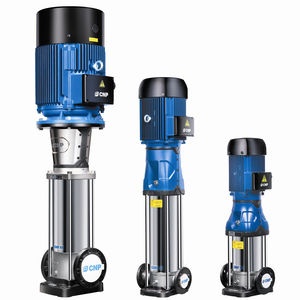

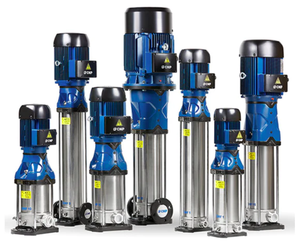


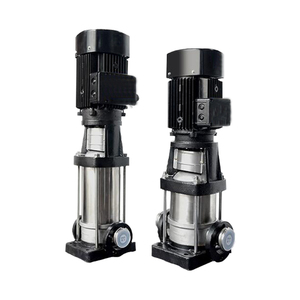
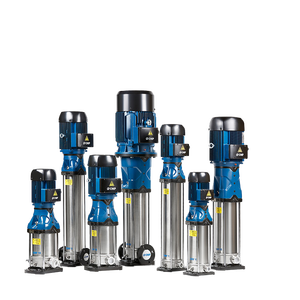







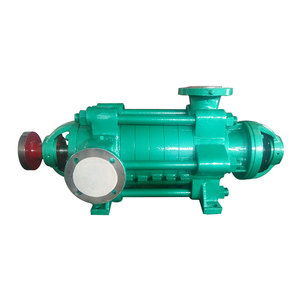




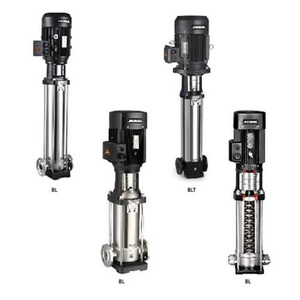


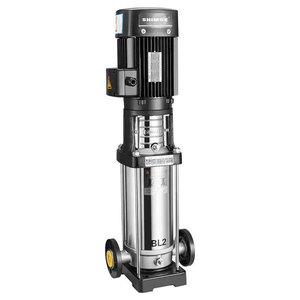
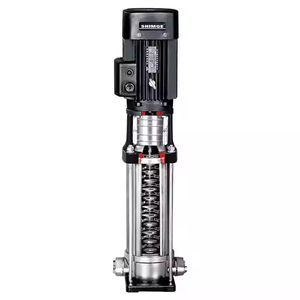
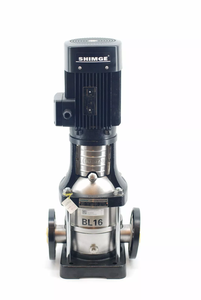



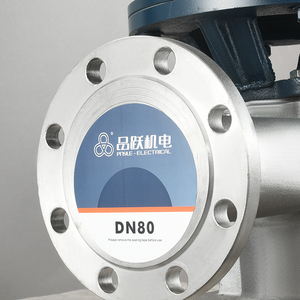






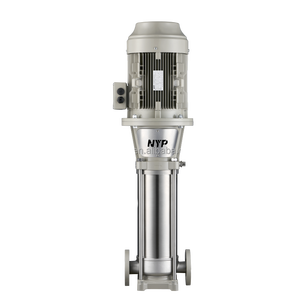


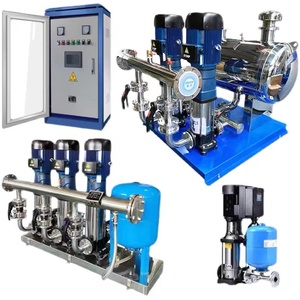


The centrifugal multistage vertical pump is available in several types, each of which is designed for specific applications and requirements. These types are based on the material construction, which determines the media to be moved, and the hydraulic design, which determines the functional requirements of the pump.
Common vertical multistage centrifugal pump constructions include bronze, stainless steel, plastic, cast iron, and others. The choice will depend on the particular application and the media that should be moved.
I. VR Vertical multistage centrifugal pump
This is a non-self-priming, vertical, multistage centrifugal pump for water and other liquids with a similar viscosity and density.1
II. SV Vertical multistage centrifugal pump
The SV vertical multistage centrifugal pumps are especially designed for high-pressure water service.The SVED and SVEH variants are also equipped with a pump seal chamber to handle liquids like oil and chemicals.
III. Vertical turbine pump
A vertical turbine pump is an ideal choice for pumping groundwater from deep wells and difficult-to-access areas.
IV. Booster pump system
A booster pump system receives the main water supply and then boosts the water's pressure before delivering it to various parts of the building or area. These systems can be constructed with several pumps working in tandem with pressure sensors and variable frequency drives.
V. Submersible centrifugal pump
A submersible centrifugal pump is designed to operate while fully immersed in the fluid that needs to be pumped. It is commonly used to remove groundwater from areas that have been affected by flooding, as well as to supply water, particularly when boreholes and wells are used.
Centrifugal multistage vertical pumps are widely used in different sectors, including construction and agriculture.
I. Water supply and pressure boosting
These pumps are used in municipal water supply systems to ensure that the water supply reaches all areas, including those that are higher in elevation. They are also used to increase the water pressure in high-rise buildings to ensure an adequate water supply on every floor.
II. Irrigation systems
In agriculture, vertical multistage centrifugal pumps are used to provide the necessary water for irrigation. They help in transferring water from reservoirs, rivers, or underground sources to deliver the vital water to crops, especially in dry regions.
III. Fire protection systems
Fire protection systems, which include fire hydrants, sprinklers, and fire hoses, need an adequate water supply to operate. For this reason, multistage vertical pumps are used to ensure that these systems have enough water at the right pressure to fight fire outbreaks.
IV. Industrial process
These pumps are also used in industries like chemical and power generation to move water and other liquids with a similar viscosity and density as water. Power plants, for instance, use these pumps to transfer water for cooling and steam generation purposes.
V. Mining operations
The pumps are used in dewatering operations in the mining sector. They also facilitate the movement of water over long distances to mineral extraction sites.
Centrifugal multistage vertical water pumps are commonly used for pressure boosting, high-rise building water supply, irrigation, fire protection, and many other applications in which they provide high flow and high pressure.
Key specifications
The key specifications of these pumps include the following:
Flow rate, which indicates the volume of liquid moved by the pump per unit of time and is expressed in gallons per minute (GPM) or cubic meters per hour (CMH); head, the pressure or height of the liquid that the pump can move, expressed in feet or meters; power, the energy required to move the liquid, measured in kilowatts or horsepower; and efficiency, the measurement of water pumped compared to the energy consumed.
Material
Common materials used for multistage centrifugal vertical pumps include stainless steel, bronze, cast iron, and plastic, among others. The material to be used is usually determined by the type of liquid to be pumped and the environment in which the pump will be used.
How the centrifugal multistage vertical pump works
As long as the pump is installed correctly, the pump should not be allowed to run dry. A dry pump leads to overheating and damage. Avoid exposing the pump to temperature extremes. Centrifugal multistage vertical water pumps work by transferring centrifugal force from an impeller to the fluid that is pumped to increase its velocity.
Adjustable motor base
This feature allows for the height of the motor to be adjusted to ensure proper belt tension. It, therefore, eases the motor installation and the belt adjustment process.
Electric motor
The electric motor is connected to the pump via a base to provide the required energy to the impeller. When the motor is turned on, the impeller spins, which in turn moves the fluid toward the pump's discharge.
Impellers
As mentioned earlier, each stage has one or more impellers and thence volutes. The function of the impeller is to increase the fluid's pressure and move it from one stage to another, while the volute collects the fluid from the impeller and provides a flow passage to the next stage's impeller.
Water lubricate and cool
Water is the predominant lubricant and coolant in this pump, as it cools and lubricates the various elements involved. Water lubricates the mechanical seal and the bearing. In case water is not available, the bearings can be lubricated with petroleum-based lubricants.
Seal
A seal prevents water from coming into contact with the motor's rotor and stator in a close-coupled pump. There are several seal types, including mechanical seals, packing, or compression seals.
Cooling the motor
Without adequate cooling, the motor driven pump will be unable to deliver its rated pressure and may also get damaged due to overheating. The most recommended way to cool the motor is to ensure that the pump is powered by the main water supply or that the water is recirculated within the pump via an outlet tube connected to the pump's discharge.
The following tips can help ensure this multi-stage pump is suitable for its application, lasts long, and works within its optimum efficiency range.
Material selection
Common materials used include stainless steel, bronze, plastic, and cast iron. The choice of material will depend on the liquid being pumped, the environment, and the budget. For example, while cast iron is used in water supply, chemical and fire protection applications, stainless steel, which is more resistant to rust and thus will not weaken from water, will be used in all sorts of environments.
Head and flow requirements
Flow rate and hydraulic head are the two most crucial factors to consider. The required flow rate is simply the volume of liquid that needs to be moved per unit of time. On the other hand, the hydraulic head is the height that the pump must be able to deliver fluid in order to overcome pressure exerted by the fluid column, including the pipework and system resistance. The pump must be able to deliver the needed flow rate at the required head for it to function as intended.
Ease of maintenance
Some centrifugal multistage vertical pumps are easily maintained. These are often those that have components like impellers and seals that are easy to access and replace when they wear out. This is an important consideration as it impacts the overall lifetime cost of the pump.
Power source
These pumps are mostly powered by electric motors. The motor's power rating must be adequate to meet the pump's head and flow requirements without being overly powerful, as this would be a waste of resources. It must also be a feasible power source for the particular application.
Operating conditions
Consider the temperature, pressure, and any factors that could affect the pump's components. For example, high temperatures or corrosive fluids can damage the pump if its materials are unsuitable for these conditions. Therefore, how long the pump is required to run continuously will also affect the choice of multistage pump.
A1: These pumps are commonly used in municipal water supply, pressure boosting in high-rise buildings, irrigation, fire protection, and industrial process like liquid transfer and circulating cooling water.
A2: Because of the multiple stages, multistage pumps are able to provide greater flow and higher discharge pressure than a single-stage pump that can only provide constant pressure. In other words, they are ideal where high pressure is needed.
A3: Stainless steel is most preferred because it is corrosion-resistant, mechanically strong, and durable. Other materials used include bronze, cast iron, and plastic, which are all used in different applications and environments.
A4: A little heat will be generated by the motor, which is okay. However, it should not get excessively hot, as this is a sign that the motor is working too hard or the pump is either airlocked or has been allowed to run dry.
A5: The impeller increases the fluid's pressure and moves it from one stage to another. Thus, the number of impellers determines the stages of the pump and its flow rate and discharge pressure capabilities.